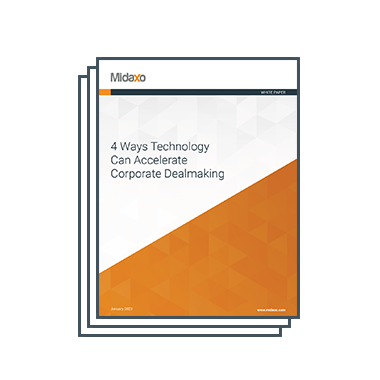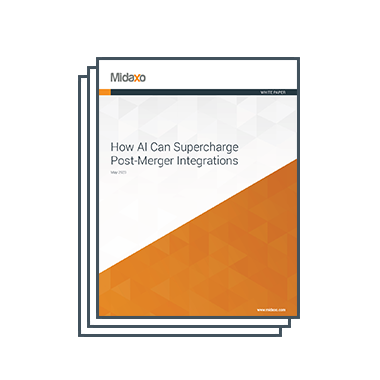Integration remains one of the most talked about aspects of M&A, yet successful integration still alludes many acquirers. This can be due in part to the limited views of cross-functional leaders, as well as the tendency to either oversimplify integrations (think running off of checklists) or overcomplicate integrations (i.e. creating a completely new integration plan for each deal). Jeff Muench’s significant experiences with some of the largest organizations in the world, such as Walmart, Pepsi, and Johnson & Johnson, have allowed him to see beyond these historically limited integration views and develop three questions for M&A practitioners, specifically the buy-side, to contemplate and answer for smarter and more successful integrations.
- How do we communicate a clear strategic plan? Everything must stem from establishing expectations with the acquisition’s leadership, with the cross- functional partners, and with the internal governance board. Specifically, identify and discuss: the deal’s purpose, scope, timing, meeting cadence, and ways of working. Here it is also vital to take into account that the target may have never been through the M&A process before and may have no idea what will happen next. This apprehension is natural and will run the gamut of “this is the worst thing ever” to “this is the best thing ever.” You need to get a solid gauge of where the majority attitude lies and communicate all the positives of the deal, while at the same time remaining truthful and transparent.
- How do we develop a comprehensive process that remains flexible? Your process needs to be thorough so you do not miss anything, but flexible enough to be manipulated for each target. Muench recalls pushback (“but every acquisition is entirely different”) from teams when he first joined a major corporation and lobbied for a more efficient integration process. What he calls attention to is the notion that yes, all deals are unique, but not in every way, which means teams lacking an overarching comprehensive process are wasting time and money recreating the wheel for each deal. As a result, he advocates identifying the 5-10% of the deal that is unique and tailoring the robust foundational process to meet the needs of the specific deal’s intricacies. If 90% of the work is done, not only are you working more effectively and efficiently, but you are also allocating your energy to the key details and synergies of the deal.
- How do we create a collaborative culture of trust? Muench calls for first grounding yourself in the cultural non-negotiables as the buyer; this will allow you to focus on the integration you want. At the same time, however, the buy-side must remember the target has a culture of its own that it likes, which leads to another best practice: do not attack the target’s culture, especially if talent was a key factor in making the deal (you do not want talent running for the door). Too many acquirers come in with the attitude “hey we bought you,” which is shortsighted and often equates to value loss. With this in mind, after your non-negotiables are established and communicated, you will need to be flexible, and perhaps even concede on other aspects of culture. Identify specific areas where you are the most flexible and areas that you have a strong viewpoint, but are open to hearing other options. Moreover, Muench suggests leveraging a “culture czar” to conduct surveys, hold focus groups, and address the target’s fears, while also accentuating the positives of the acquisition. Similarly, another best practice for cultural integration is to develop a map of the associate journey. The map should cover big pillar events, such as when the employees of the sell-side are told about the deal, how they are told, and when benefits will begin. This map cultivates transparency, which in turn allows you to build trust. Of course, trust means there will be times you will have to tell people what they do not want to hear. In these cases, utilizing leaders from the target who have established relationships with the employees is ideal. Be upfront – do not shy away from the fact that integration will be hard work and there will be changes, but there are ultimately clear benefits for all. This approach will generate trust and clear expectations and significantly contribute to deal success.
Final Takeaways:
Overall, Muench highlights the critical aspect of relationships when it comes to successful integrations. The stronger the relationships and the better you can communicate a vision and set expectations (of the positives and negatives), the more likely a foundation of trust and goodwill will be established. Additionally, integration leaders must be empathetic, curious, and understanding of more than one functional area — they must be able to see the big picture, a talent Muench has exhibited throughout his career. This comprehensive understanding fosters M&A productivity, as evidenced in Muench’s 90/10 integration plan and best practices.





